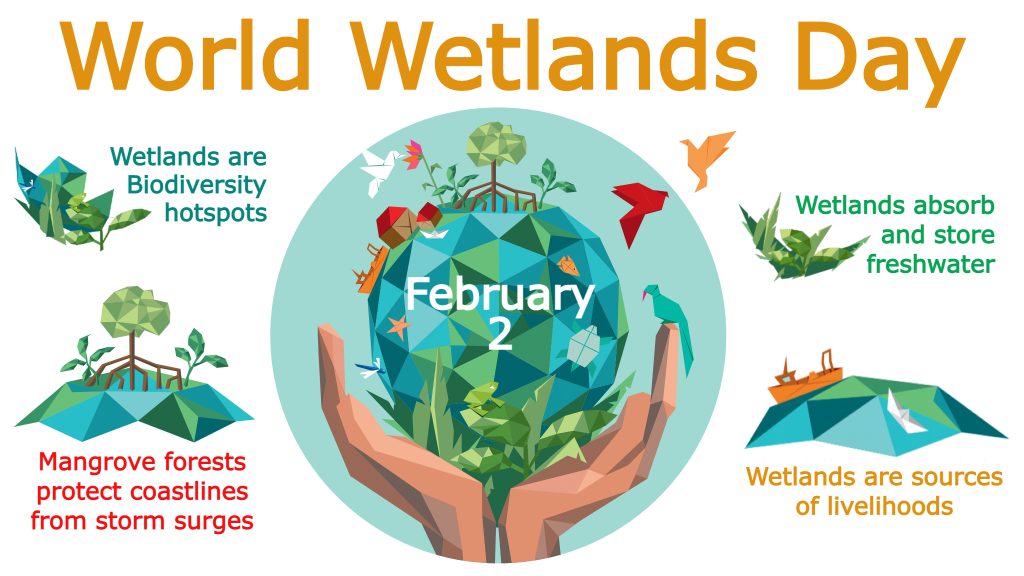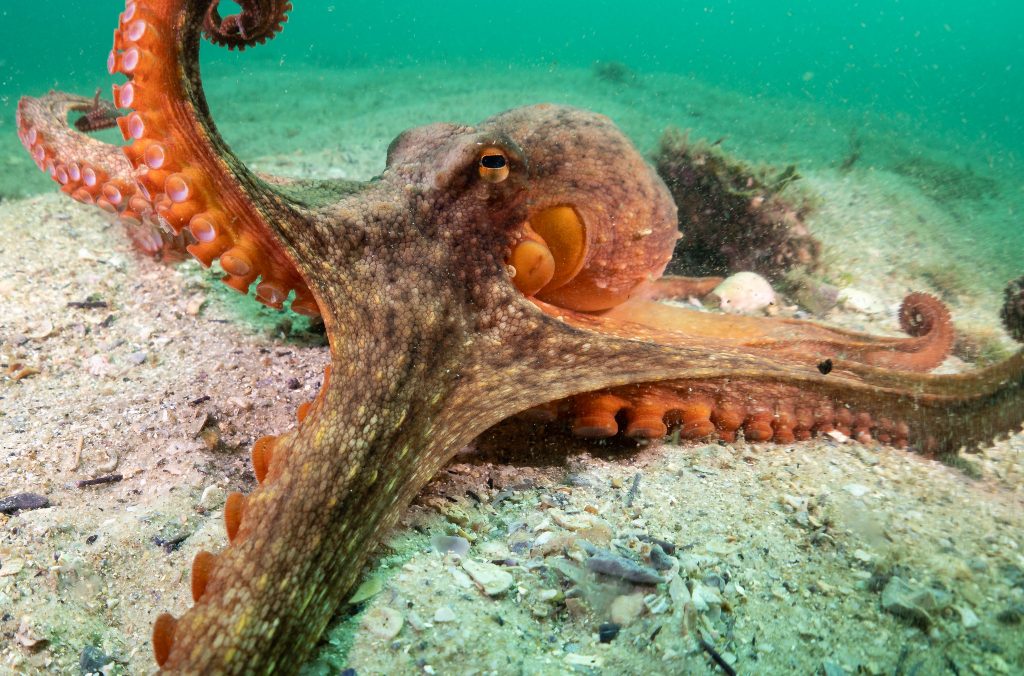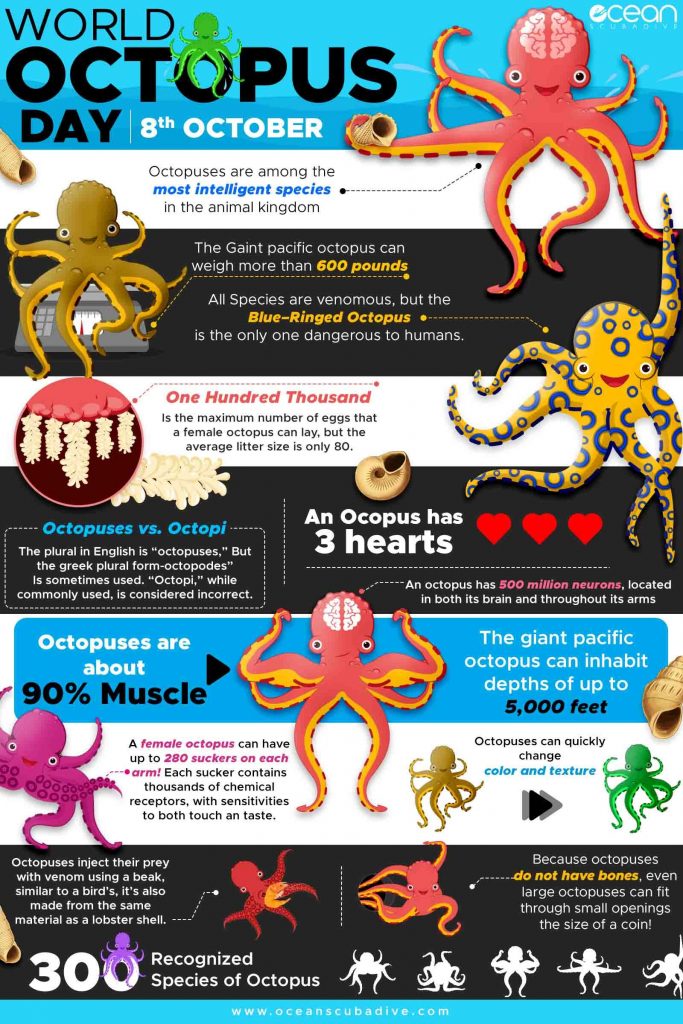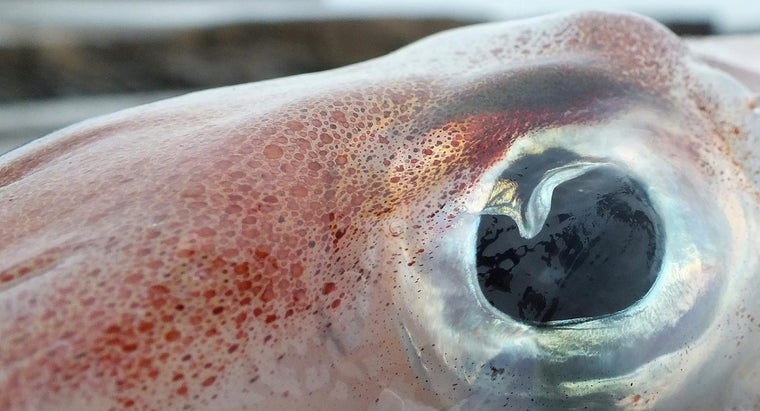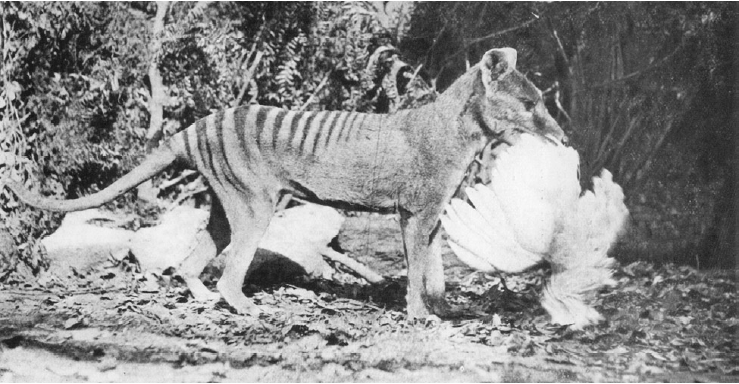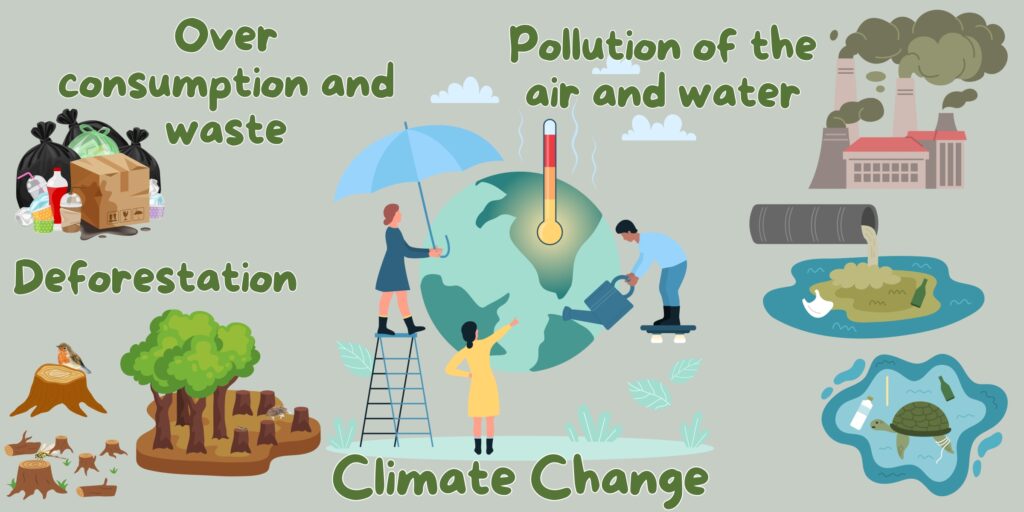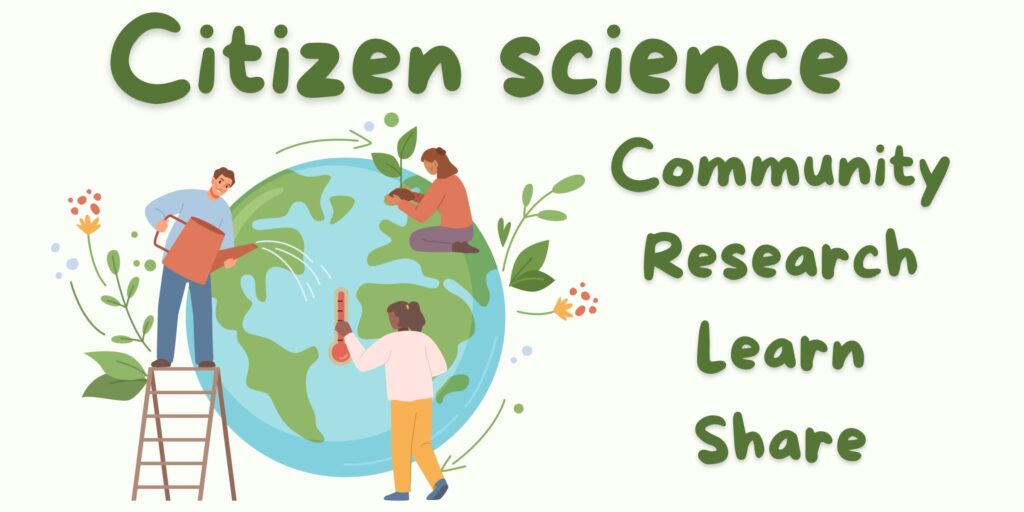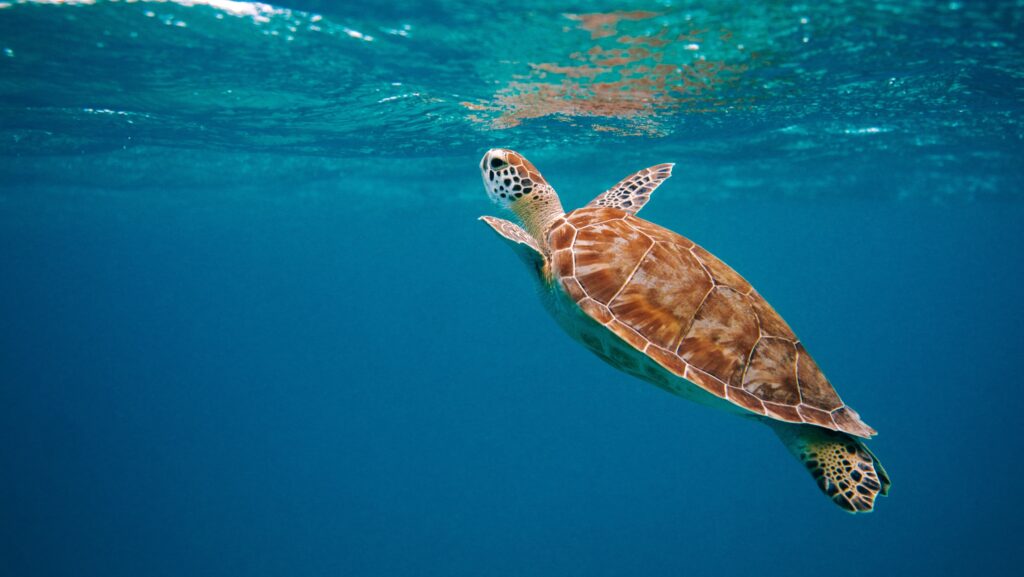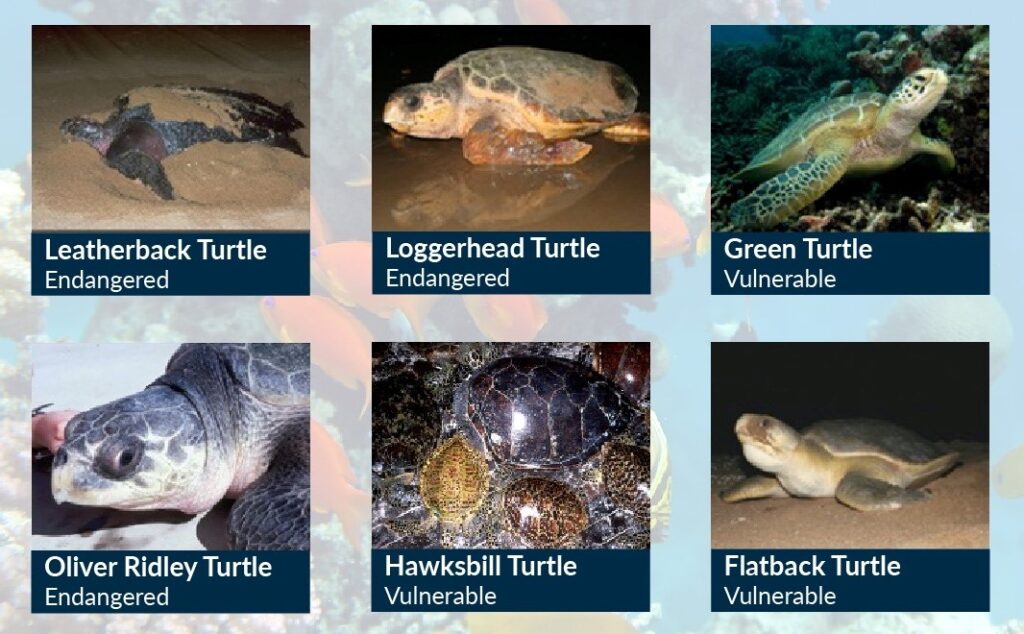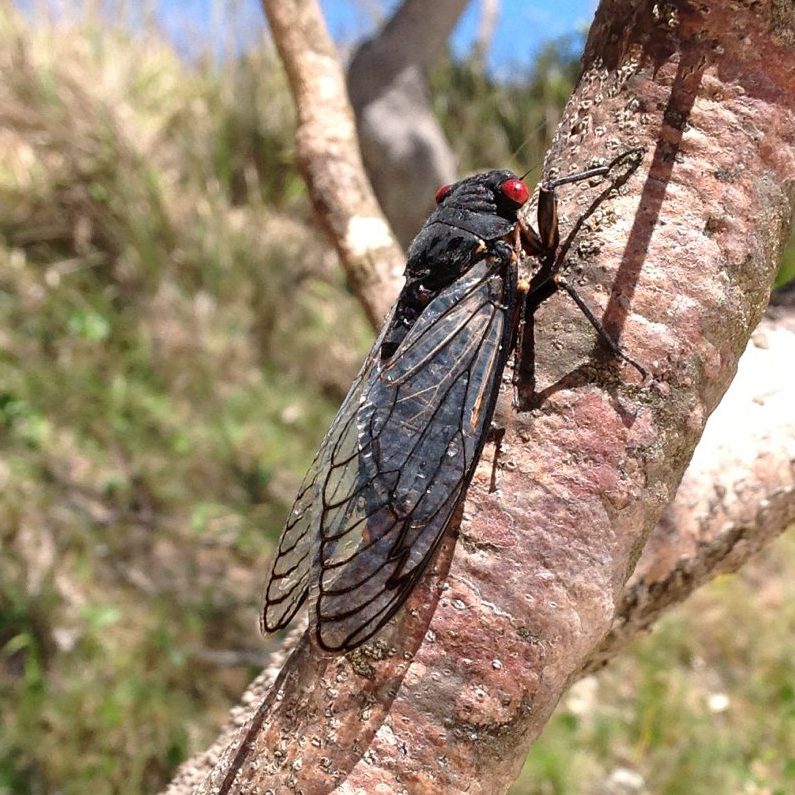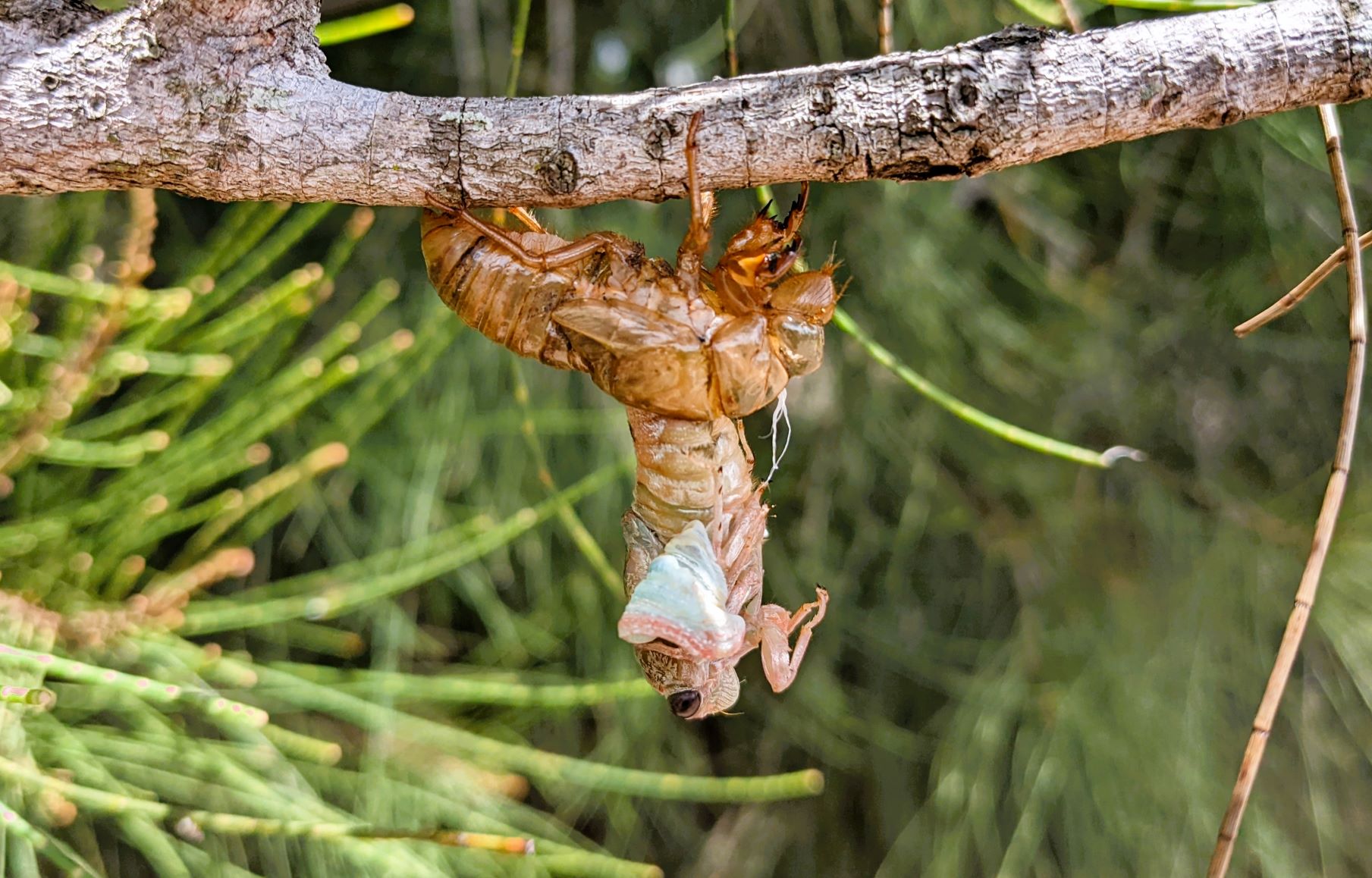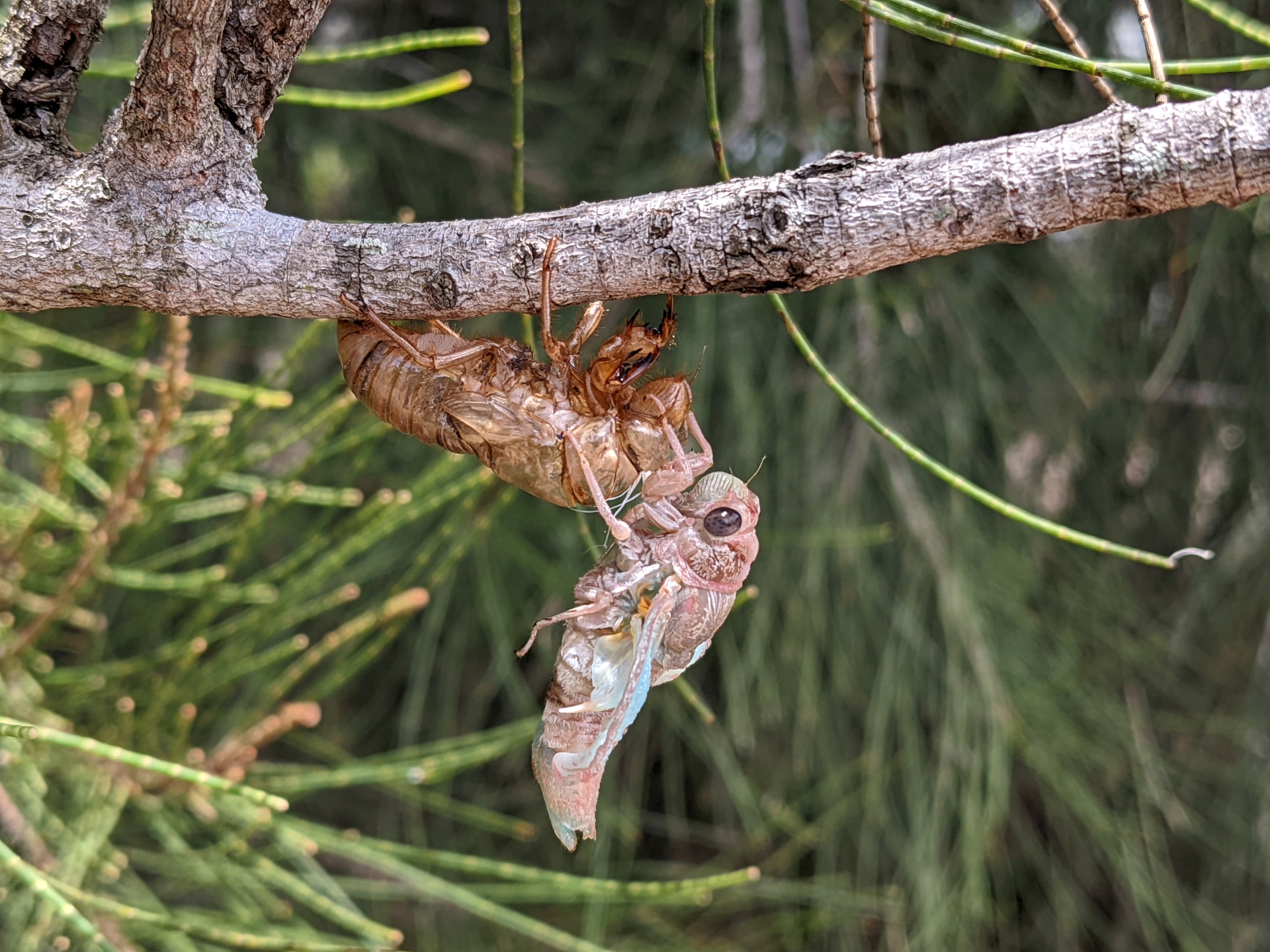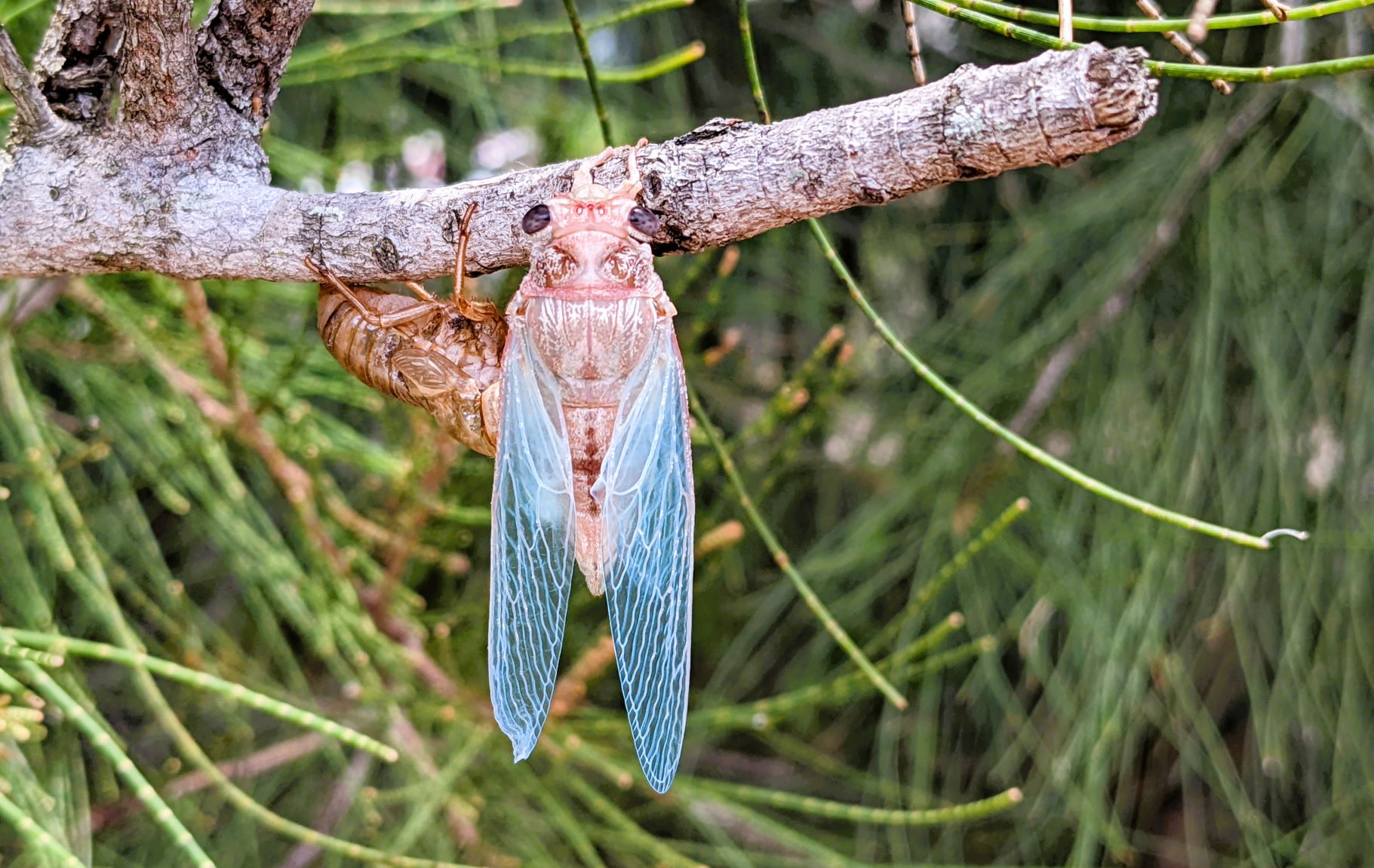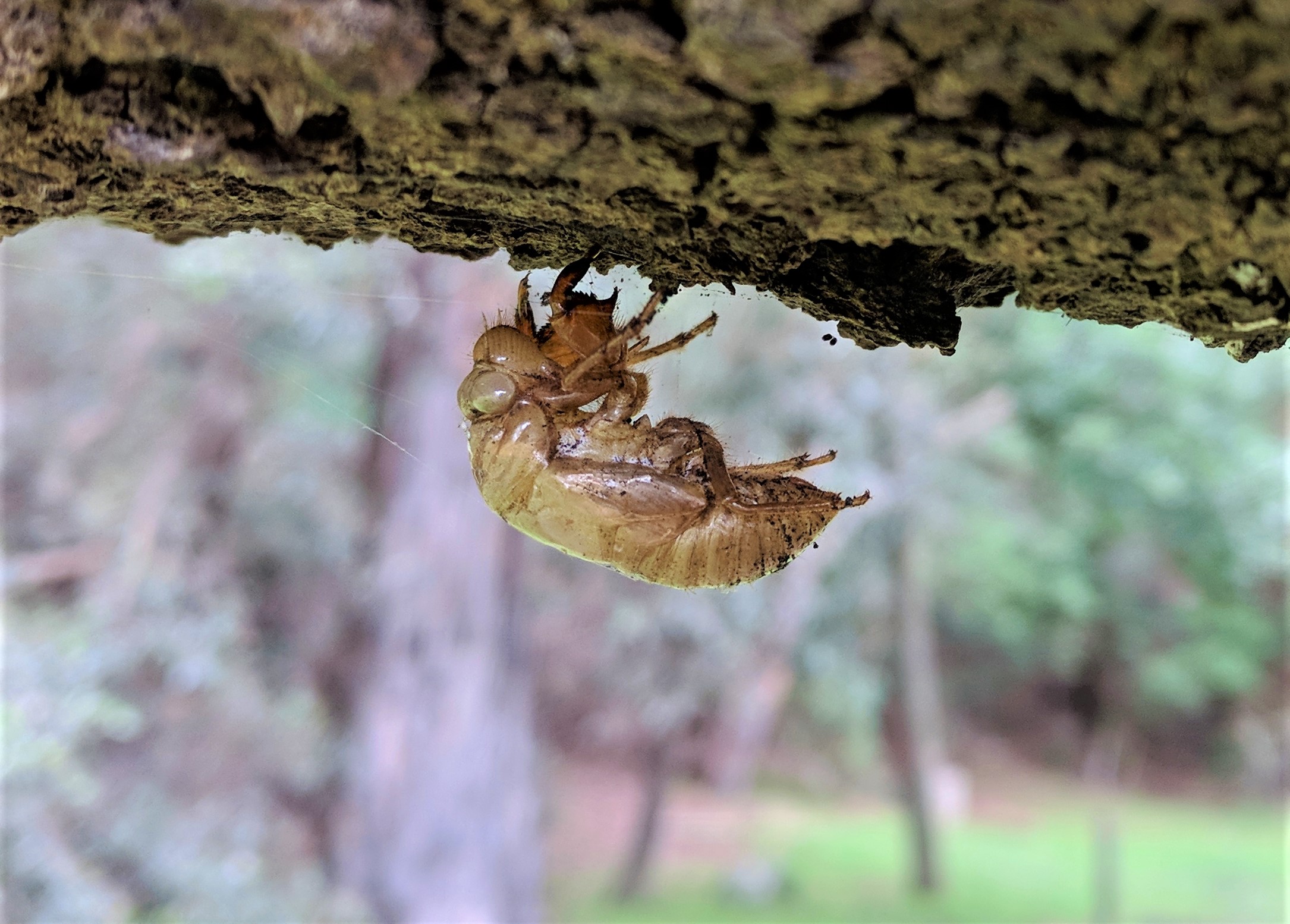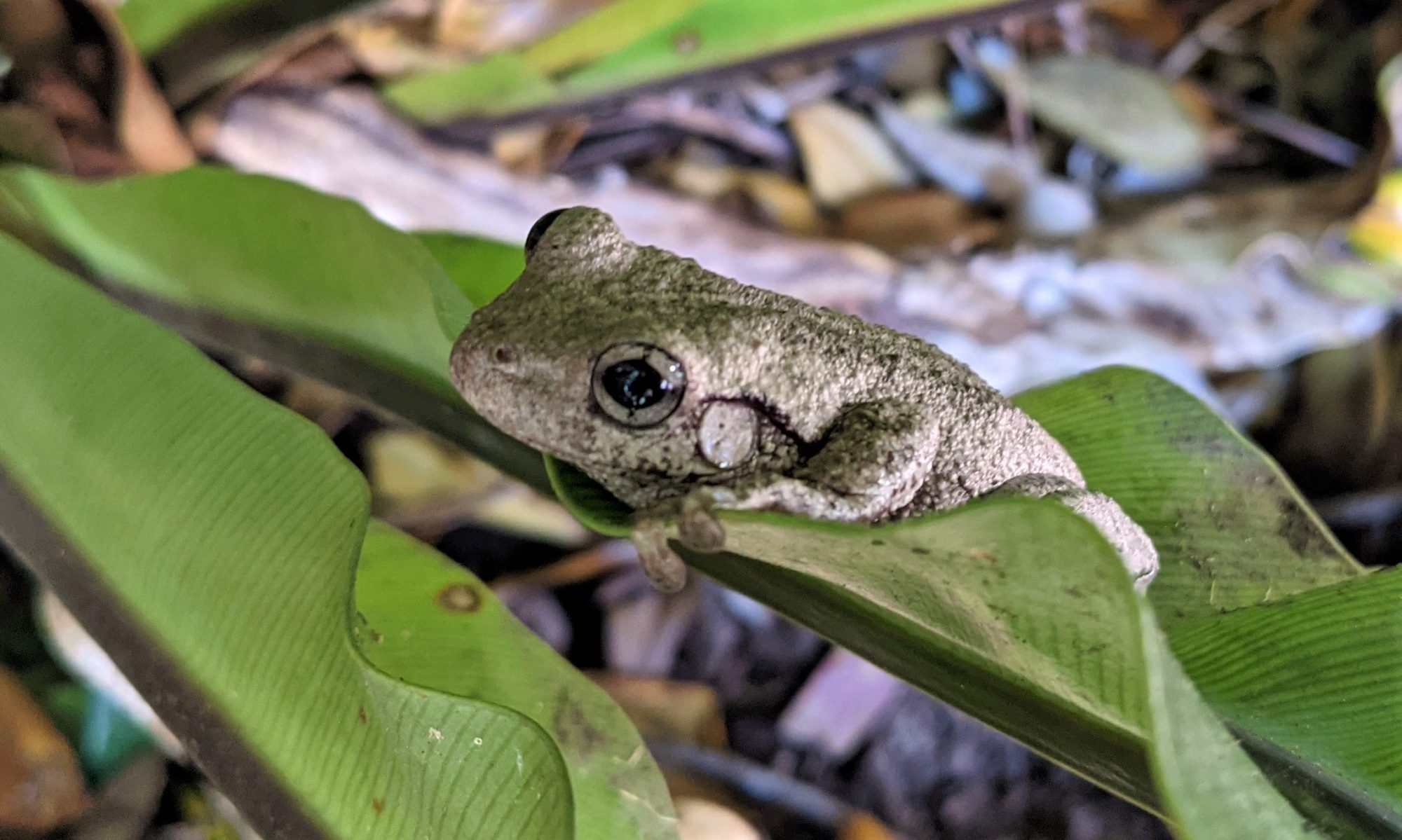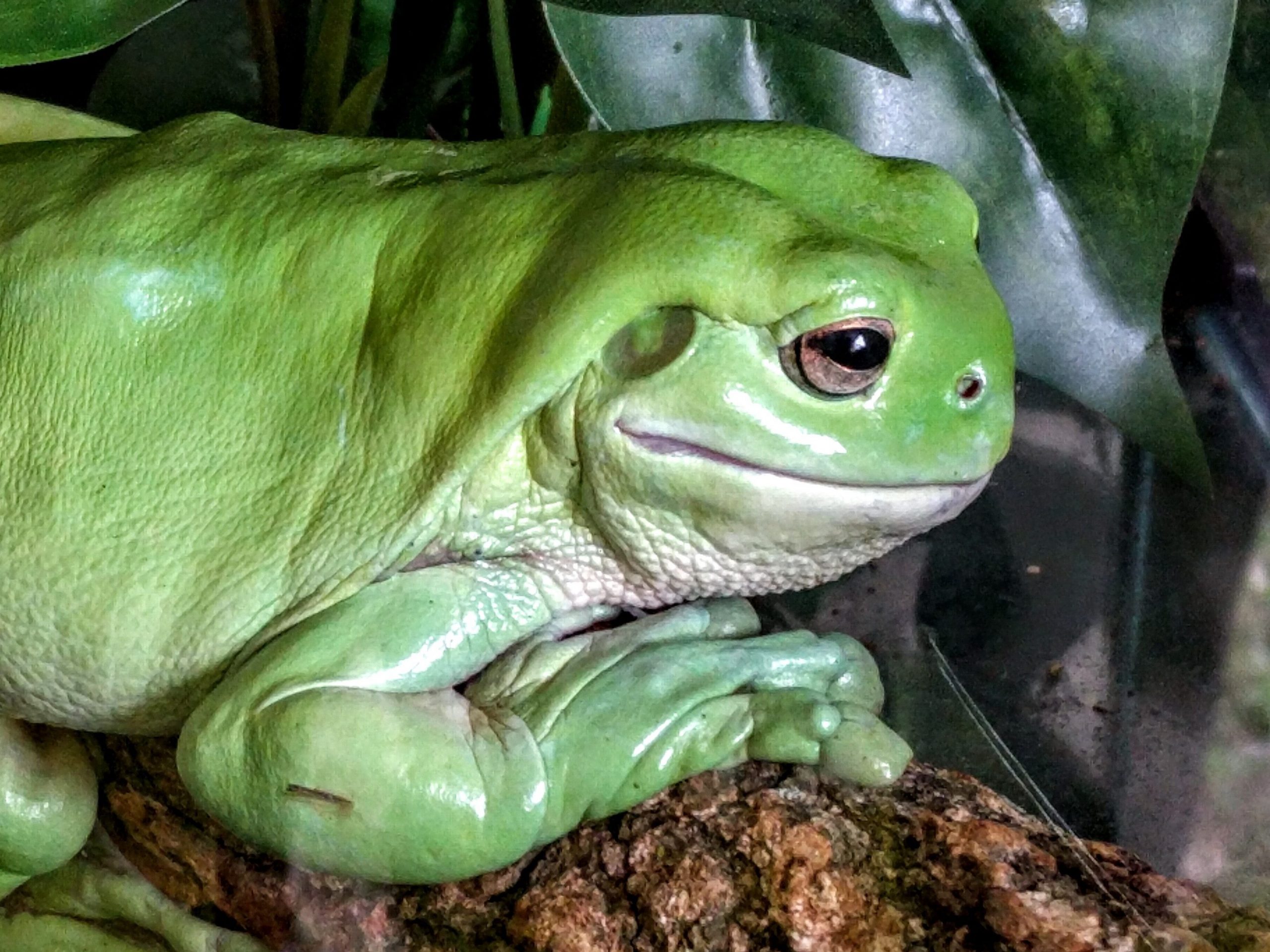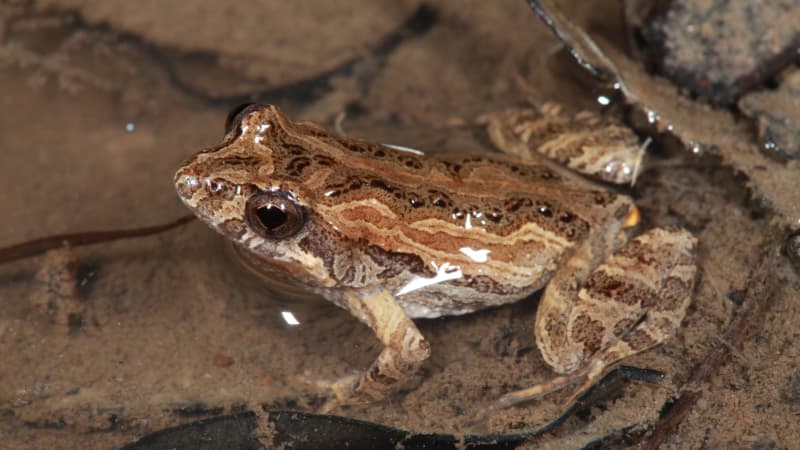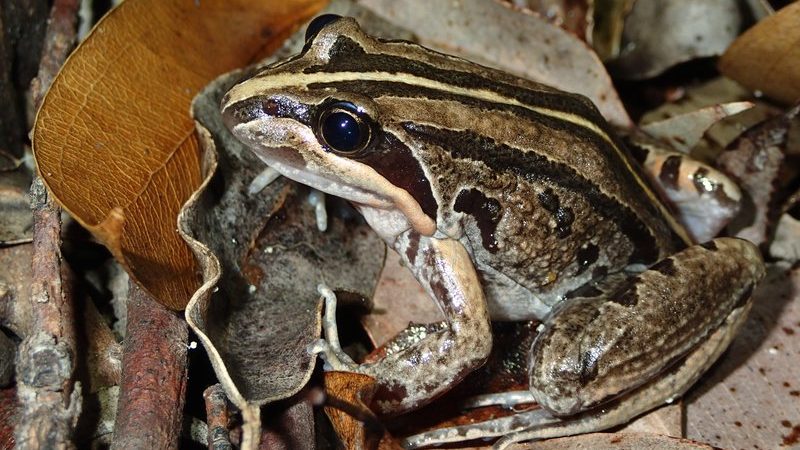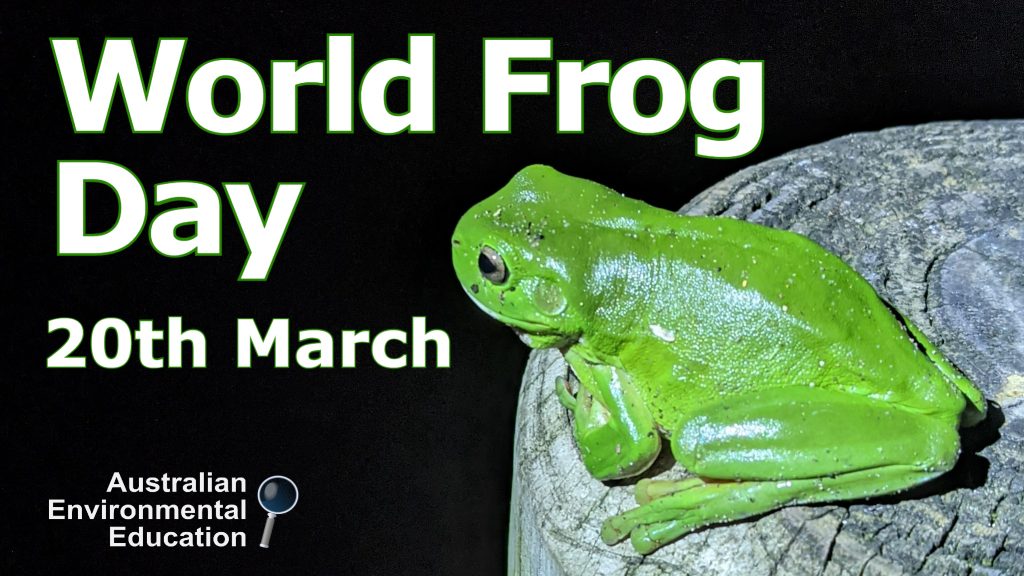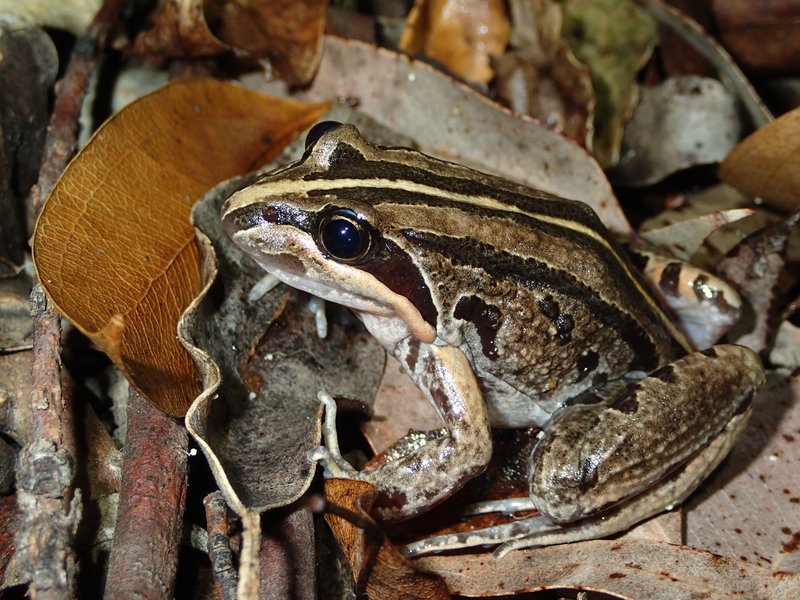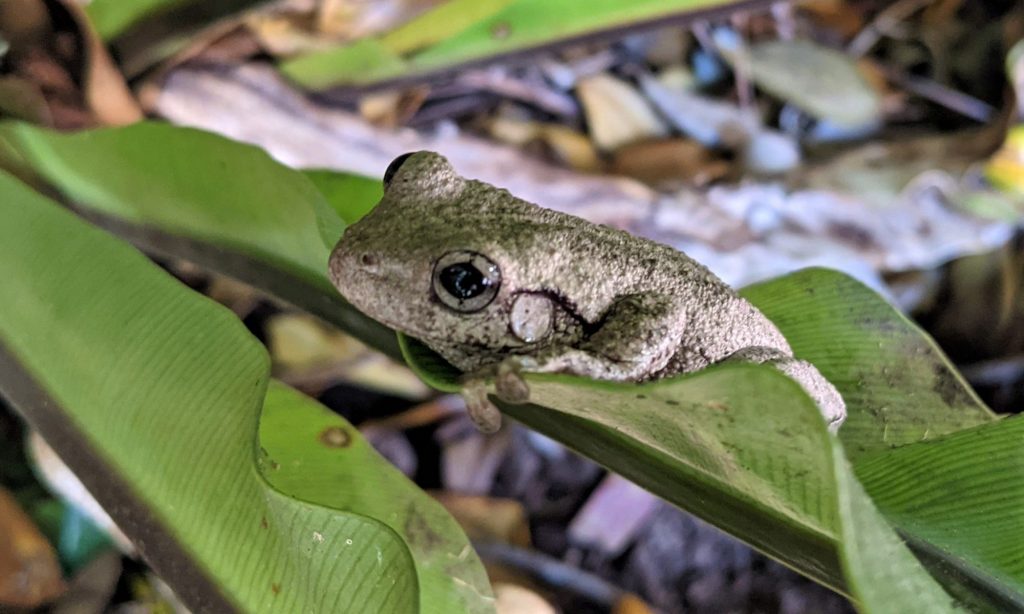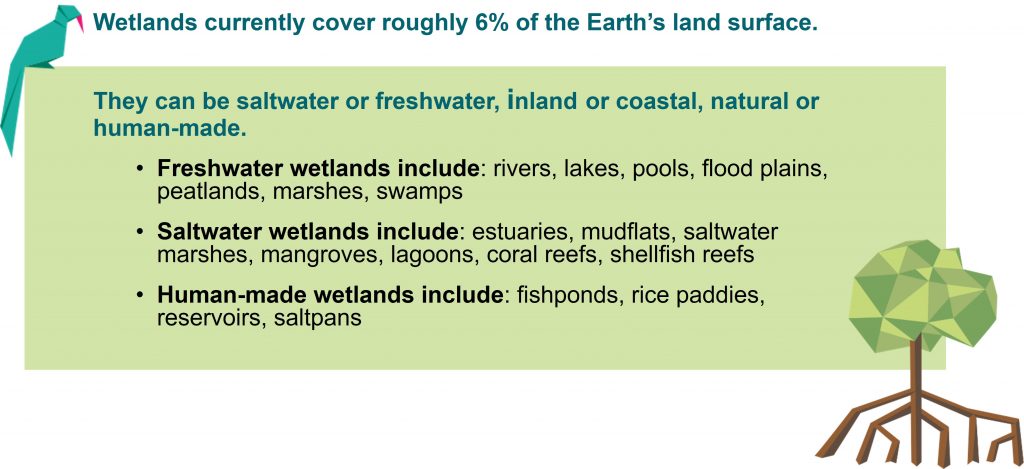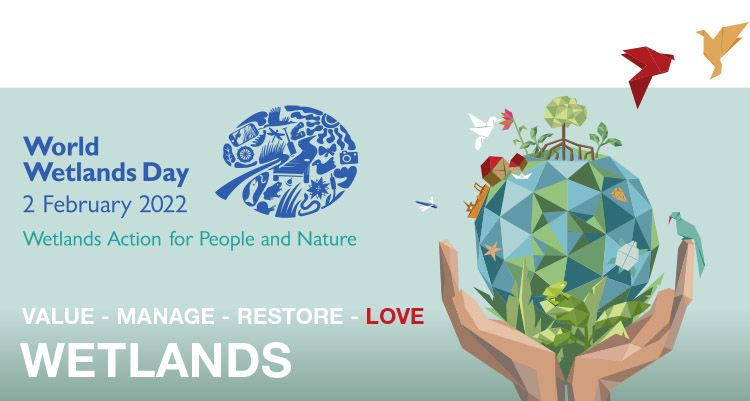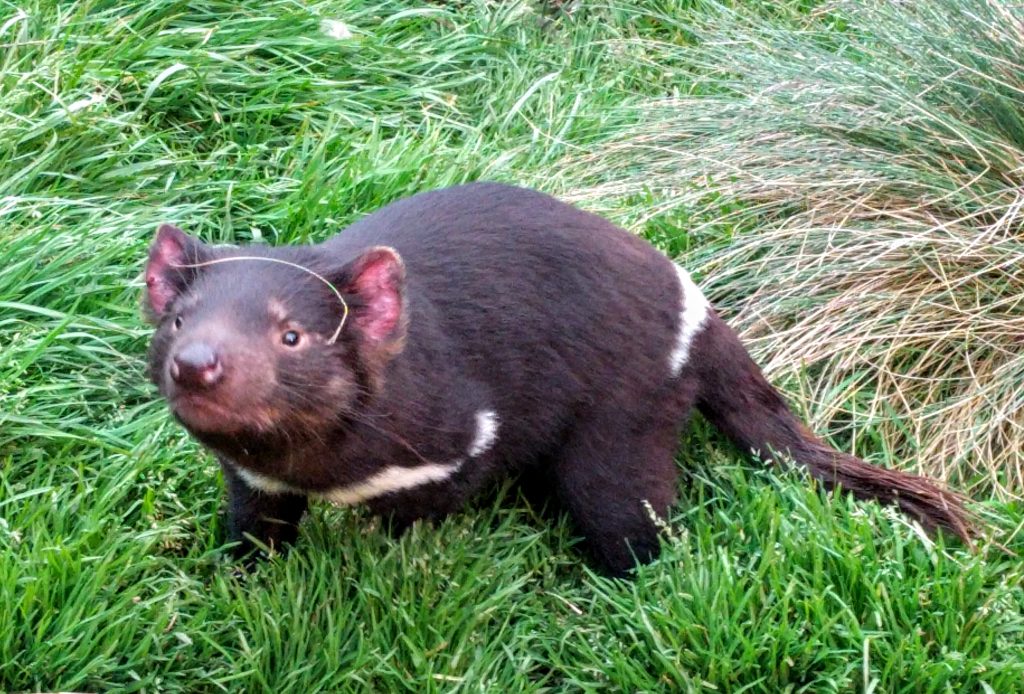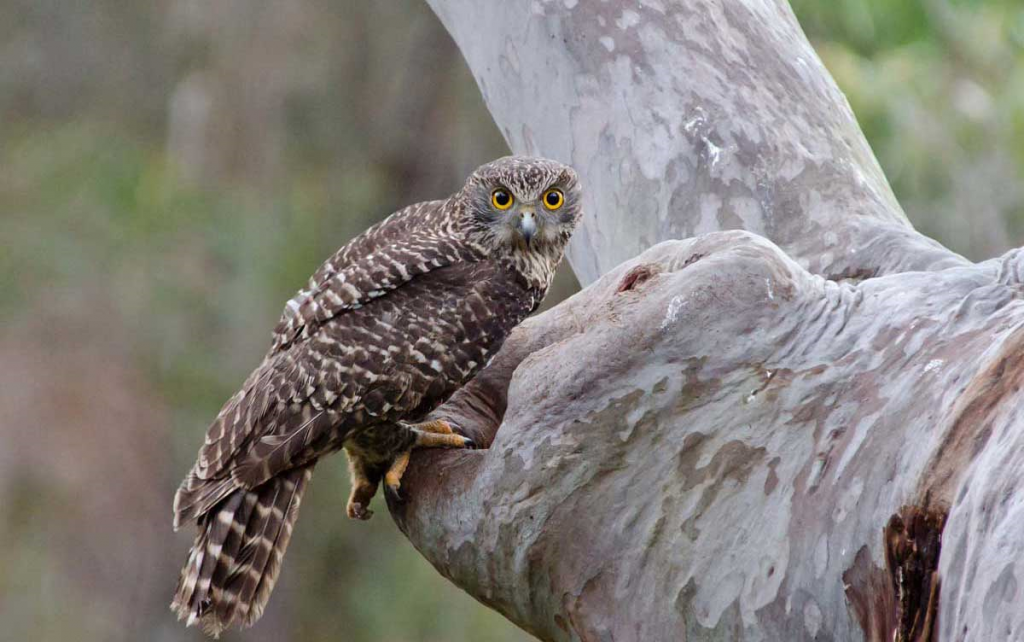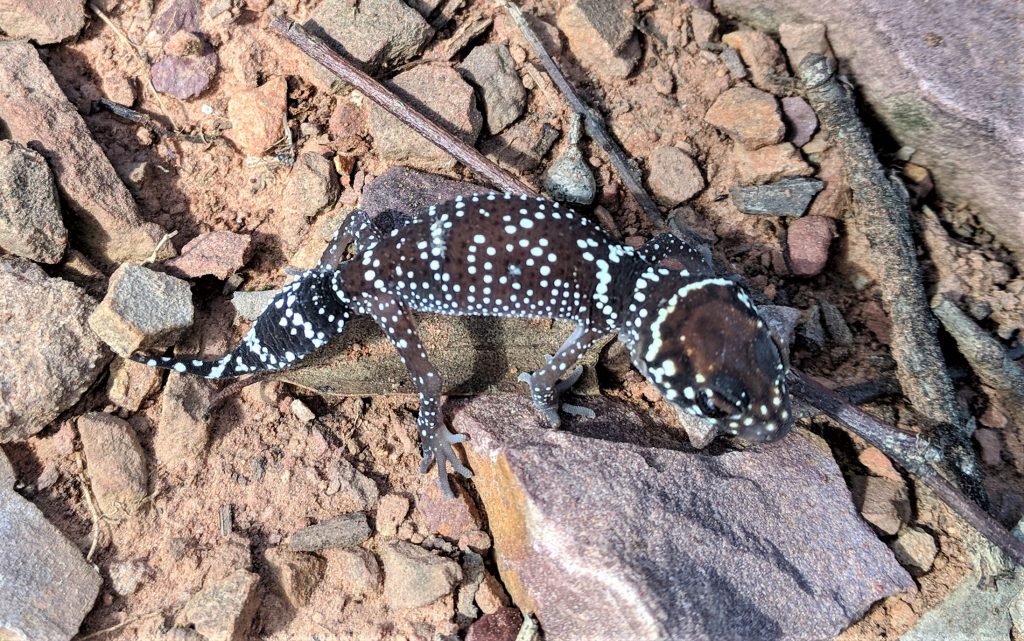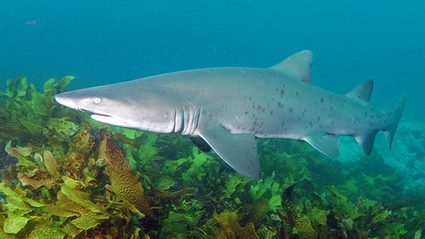From 7–16 November, join me and tune into the sounds of your local wetlands, gardens, and bushland to help record Australia’s incredible frog diversity. This is one of my favourite citizen science events of the year. It is simple, fun and so valuable for understanding about frog biodiversity and the health of our environment.
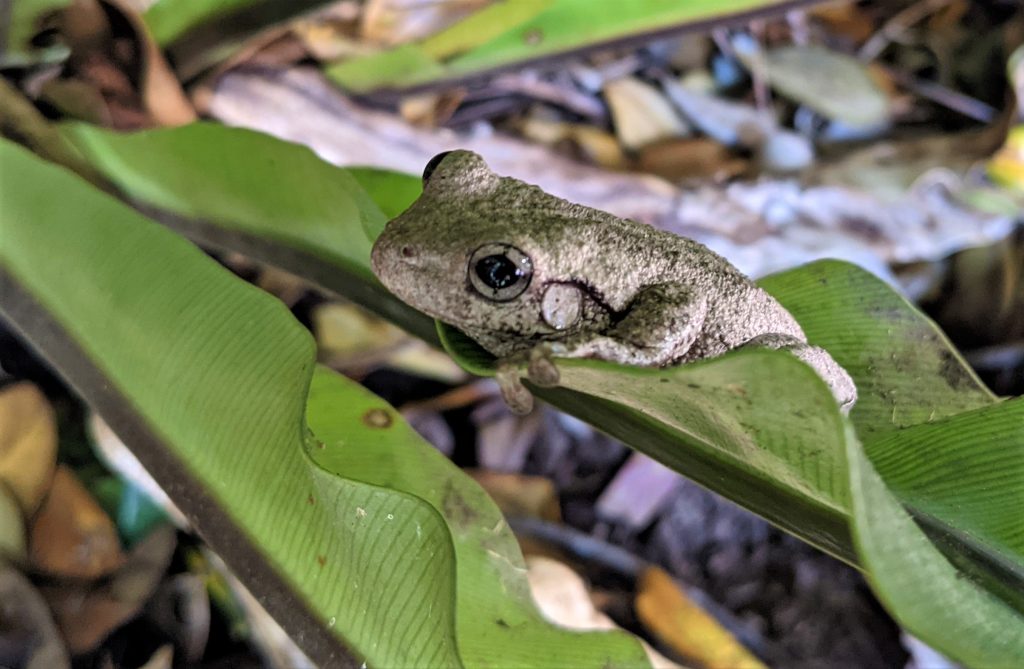
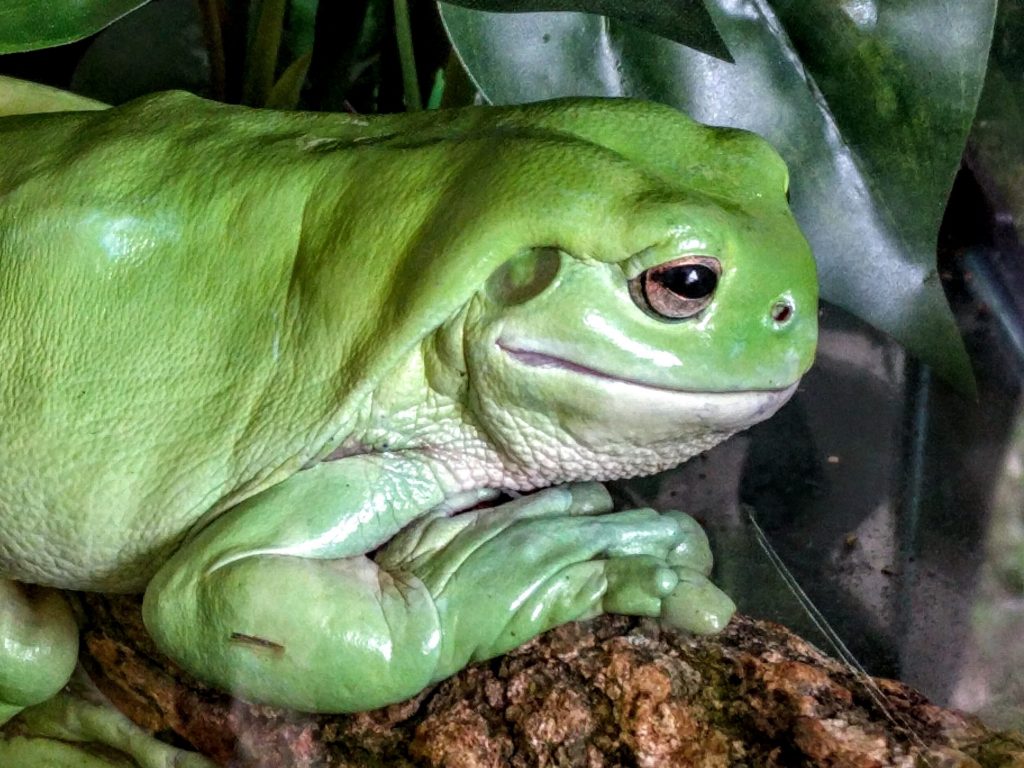
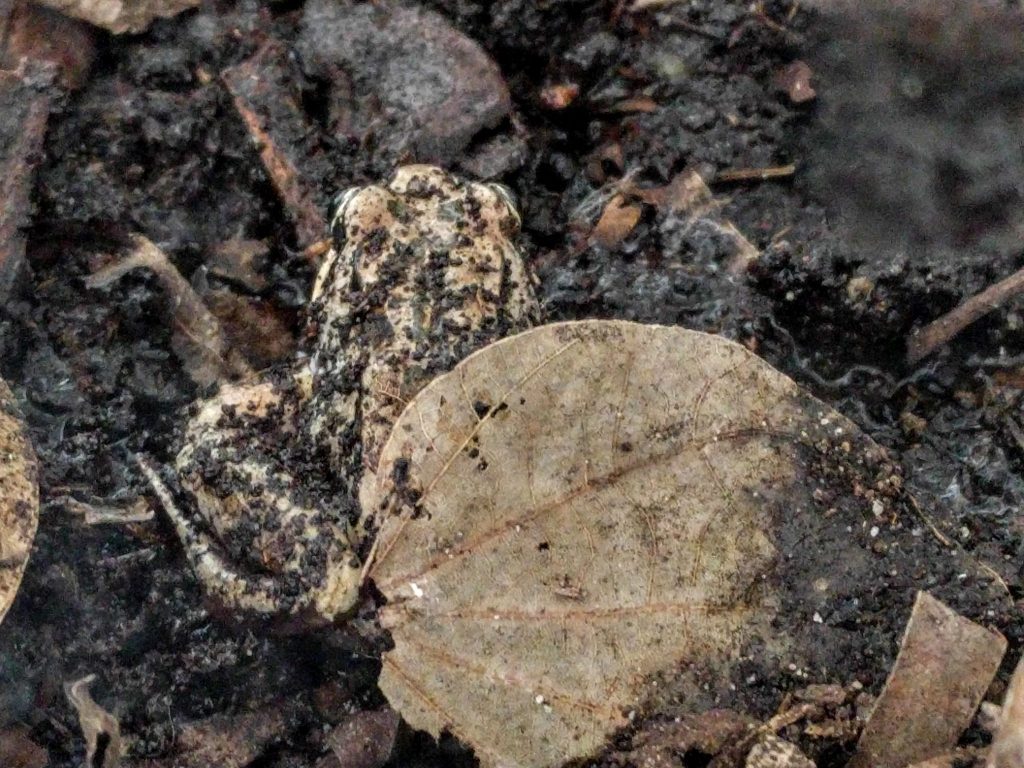
FrogID Week is a national event coordinated by the Australian Museum that encourages everyone to record frog calls using the free FrogID app. Each frog species has its own distinctive call, so your recording helps scientists accurately identify species and monitor where frogs are thriving — and where they might be in trouble.
By sharing your recordings, you’re contributing to a long-term database that tracks changes in frog populations across Australia. It’s an easy way to make a real difference for science and conservation — all from your backyard or local park.
How to Get Involved
You don’t need any special equipment or experience — just your ears, your curiosity, and a smartphone.
- Download the FrogID app (it’s free!).
- Listen for frog calls after rain, at dusk, or at night.
- Record what you hear — the app automatically tags your location and sends your recording to experts at the Australian Museum.
- Check your results — you’ll get feedback identifying which frog species you heard!
You can record from anywhere: a bushwalk, a local pond, your backyard, or even a roadside ditch after rain. Every single call helps build a clearer picture of Australia’s frogs.
Create a frog friendly Backyard
You can encourage frogs to come to live and breed in your backyard by creating a frog friendly garden. Create a small shallow pond in an area that is partly shaded or install a Frog Hotel. You can create these habitat that supports them year-round.
- Add a small pond or water dish with shallow edges.
- Provide shelter with rocks, logs, or native plants.
- Avoid using chemicals or pesticides — frogs are very sensitive to pollutants.
- Create moist, shaded areas where frogs can hide during the day.
- Keep your garden lights low at night to reduce disturbance.
Even small changes can make a big difference. Frogs will find your garden naturally once they know it’s a safe and welcoming place.
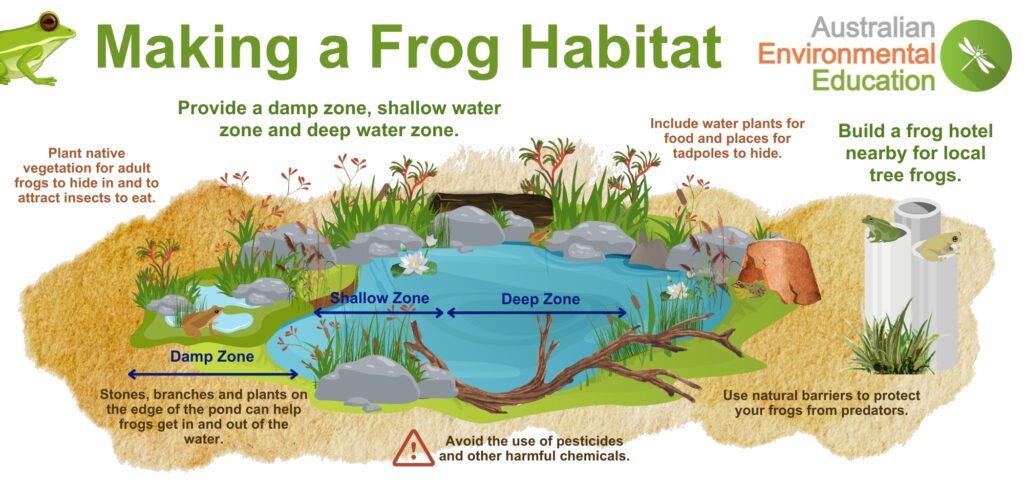
Whether you live in the city, by the coast, or in the bush, there’s a good chance you’ll find a few frog friends nearby. So, step outside and tune into nature’s chorus. Record the sounds of your local frogs and be part of Australia’s biggest frog count!


